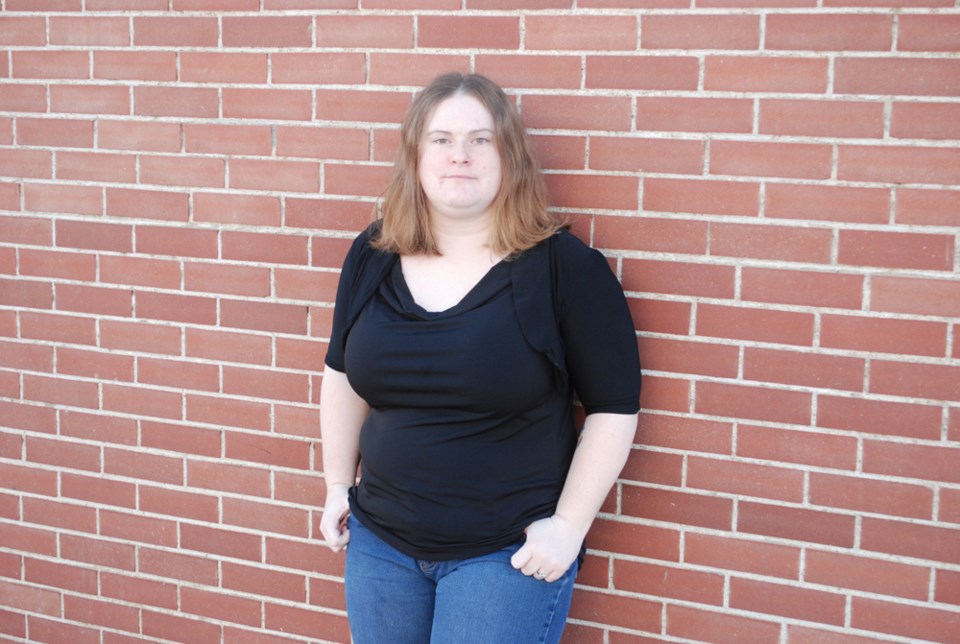It was an indescribable joy to be a part of the Original Humboldt event that brought together members of the Governor General’s Horse Guard and the Whitecap Dakota First Nation to honour the stories of the Original Humboldt site that was both a telegraph station on the Dominion Telegraph Line around 1878 and a military camp during the 1885 Resistance.
I applaud the organizers of the event, including the Original Humboldt Committee and the Humboldt and District Museum staff, for working so hard to make sure that every possible story was heard.
One of these stories was that of the Whitecap First Nation with Chief Darcy Bear speaking, not just about the site itself and the history tied to the land, but also of reconciliation and how everyone must be brought to the table.
We have to understand that the Canada 150 has a different meaning to many aboriginal and First Nation peoples.
It is not like someone flipped a switch in 1867 and suddenly there was Canada, Chief Bear said.
There were people living here quite successfully before Europeans landed.
Not only that, many First Nation bands allied with British forces which lead to the start of Canada.
During the War of 1812, American forces saw Canada as a possible land grab and they were a superior force. With the First Nation alliance, Canada was ensured their own eventual identity and a country not currently under President Trump, says Cheief Bear.
Yet what did they receive for their alliance?
“The Indian Act was created to segregate us from society,” says Chief Bear, “to keep us out of sight and out of mind while every other jurisdiction around us had the opportunity to build their infrastructure, jobs, economies, opportunities, and even their hope.”
An important aspect of Canada 150 is where do we go in the next 150 years?
At some point, we do have to take responsibility for First Nation problems.
It is easy to say we were not involved while we are not the ones having to deal with high suicide, alcoholism, and unemployment rates among First Nation people.
At some point we do have to realize, and I know many people who have not realized this yet, that Europeans were the cause of things like the Indian Act, Residential Schools, and the 60s Scoop.
This is not the point that I am trying to get across. As Caucasian Canadians what we do have to start doing is checking our racism and our privilege at the door.
Humboldt and District Museum Director Jennifer Fitzpatrick heard Saskatoon Métis artist Zoey Roy speak at a conference about how truth and reconciliation starts at the individual level. That stuck with her, she says.
“People comment on Truth and Reconciliation but really it starts with an individual person, it starts with how you feel inside and how you personally move forward in the world.”
The work that went into Original Humboldt took a lot of conversation and new friendships being formed and that was a good start, says Fitzpatrick.
“It’s a very honest relationship, it’s a very personal relationship but it can be expanded from there.”
The Original Humboldt event was not an official truth and reconciliation event but Fitzpatrick says she hopes that being able to tell the story about Humboldt’s role with the 1885 Resistance and Chief Whitecap will promote the idea of telling the different sides of history.
More education can mean less ignorance.




